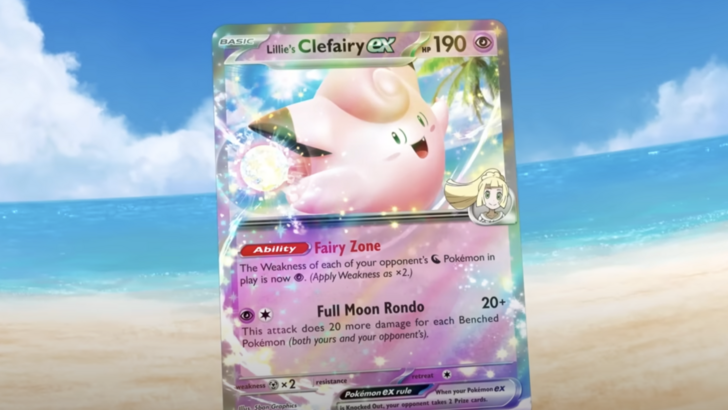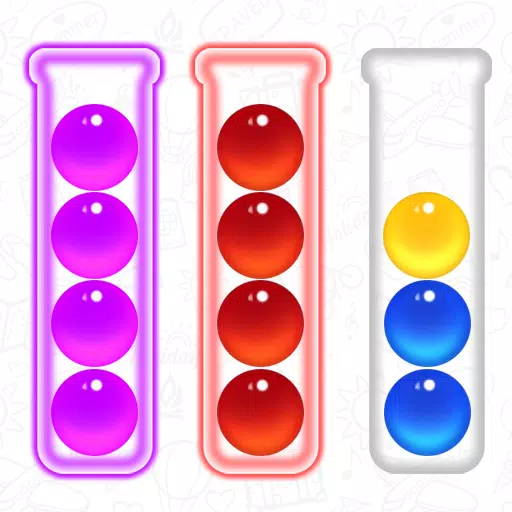DVDs Degrading Over Time?
If you've accumulated a DVD collection over the years, recent reports about disc deterioration might have you questioning the longevity of your prized movies.
Many collectors recognize the concept of "DVD rot," even if they've never heard the term. This phenomenon affects all optical media formats—from LaserDiscs to CDs and video game discs—due to chemical degradation over time. At its worst, disc rot renders media completely unreadable.
While encountering disc rot often seems random, certain production issues have emerged as consistent culprits. Notably, Warner Bros. DVDs manufactured between 2006 and 2009 have shown recurrent problems.
The issue gained widespread attention through JoBlo's Chris Bumbray, who experienced playback failures with WB's Bogart and Flynn box sets. Physical media expert Spencer Draper (aka Damn Fool Idealistic Crusader) extensively documented the problem in his 2021 YouTube analysis, noting early reports from fellow collectors.
Identifying the Source: One Defective Manufacturing Plant
Draper's investigation revealed the issue stemmed specifically from Pennsylvania's now-shuttered Cinram plant. Collectors can identify affected discs through manufacturing codes printed on the inner ring.
"Any disc can degrade chemically," Draper explains, "leading to playback issues ranging from minor glitches to complete failure."
As an avid collector with thousands of films across formats, Draper owns numerous WB titles. After learning about the issue, he meticulously checked his entire collection. "I performed emergency inspections disc by disc," he told me.
The challenge lies in DVD rot's unpredictable nature. "Scanning discs doesn't guarantee they're rot-free," Draper notes. "You must play through every feature, supplement, and menu—and cross-reference with other collectors' experiences."
Draper eventually secured replacements from Warner Bros., though the process proved difficult (detailed in his follow-up video). WB ultimately replaced all defective discs still in production.
When contacted by IGN, Warner Bros. Home Entertainment provided this statement:
"WBHE recognizes potential issues affecting select DVDs manufactured 2006-2009 and has worked with consumers on replacements for nearly a decade. Customers experiencing problems should contact [email protected]. While some titles remain out of print, we offer alternatives when original replacements aren't available."
This statement expands the affected timeframe to 2009—corroborating Draper's findings.
Checking Your Collection: Warning Signs
Concerned collectors should first check copyright dates (2006-2009). For discs within this window, examine the inner ring for manufacturing codes. "Look for 'IFPI' markings," Draper advises.

These subtle markings require magnification. Quick verification: Mexican-manufactured discs (marked "Disc Made in Mexico" on cases) weren't produced at the problematic plant.
For thorough checking, Draper recommends: "Play discs at high speed through all content—including extras. It's tedious but effective."
Draper maintains a comprehensive list of affected titles, invaluable for both collectors and prospective buyers. Unfortunately, some titles—like HBO's Tales from the Crypt sets—exist only in these problematic editions.
The randomness torments collectors—working discs might fail unexpectedly. Unlike LaserDiscs, which typically stabilize, WB's defective DVDs can deteriorate suddenly.
How Long Should DVDs Last?
Thankfully, widespread DVD rot remains rare despite the format's age. Sony estimates proper storage yields 30-100 years of lifespan.

Draper confirms: "My 1997 WB DVDs remain flawless. Early manufacturing standards were excellent."
Blu-rays show minimal rot issues except isolated cases—mainly French-manufactured discs. (HD DVDs, however, have nearly universally failed.)
Criterion previously addressed Blu-ray rot through transparent communication and replacements—a model Draper wishes WB would emulate.
While WB offers replacements ([email protected]), response times vary significantly. Some collectors face hurdles proving ownership of decade-old purchases.
The issue highlights physical media's ironic vulnerability. Though streaming platforms remove content unpredictably, defective manufacturing reminds us that shelves don't guarantee permanence either.
Latest Articles































